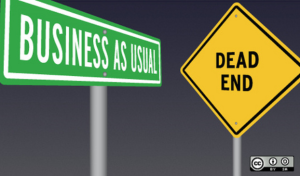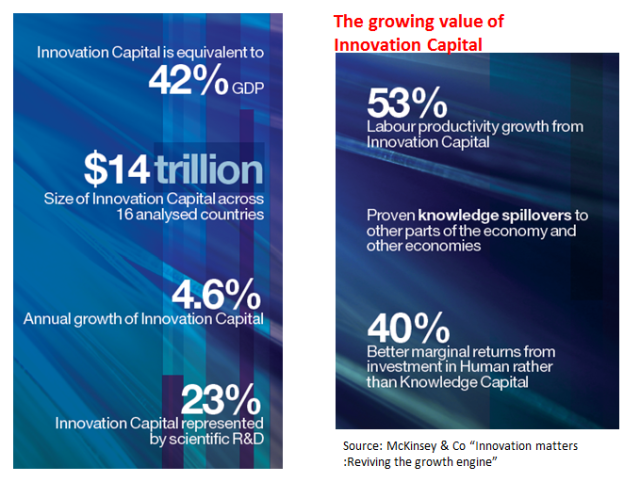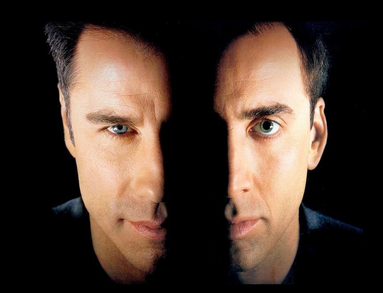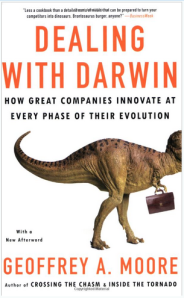 There is that prevailing sense that we are just managing the business, as usual, leaving many increasingly uncomfortable and feeling exposed to concerns over innovation in the future. Why?
There is that prevailing sense that we are just managing the business, as usual, leaving many increasingly uncomfortable and feeling exposed to concerns over innovation in the future. Why?
Our businesses are not adapting fast enough to changing conditions in the market, often lagging in the competitive race to update and keep relevant.
Businesses are struggling with conflicting knowledge flows and incoming intelligence, just simply managing their talent to keep them relevant, engaged and outwardly orientated.
They need to constantly adjust and adapt to the demands and challenges within the societal conditions, environments and markets, grappling with constant shifts in consumer demand and coping with the declining natural resources and what all of this might mean.
We are often short on foresight and certainly struggling with growing complexity.
Continue reading “Reflecting on the Three Horizon Model for our Innovatation in the Future”


 Let’s admit it, our middle management needs a radical makeover, a new fitness regime to make us far more innovation fit.
Let’s admit it, our middle management needs a radical makeover, a new fitness regime to make us far more innovation fit.




